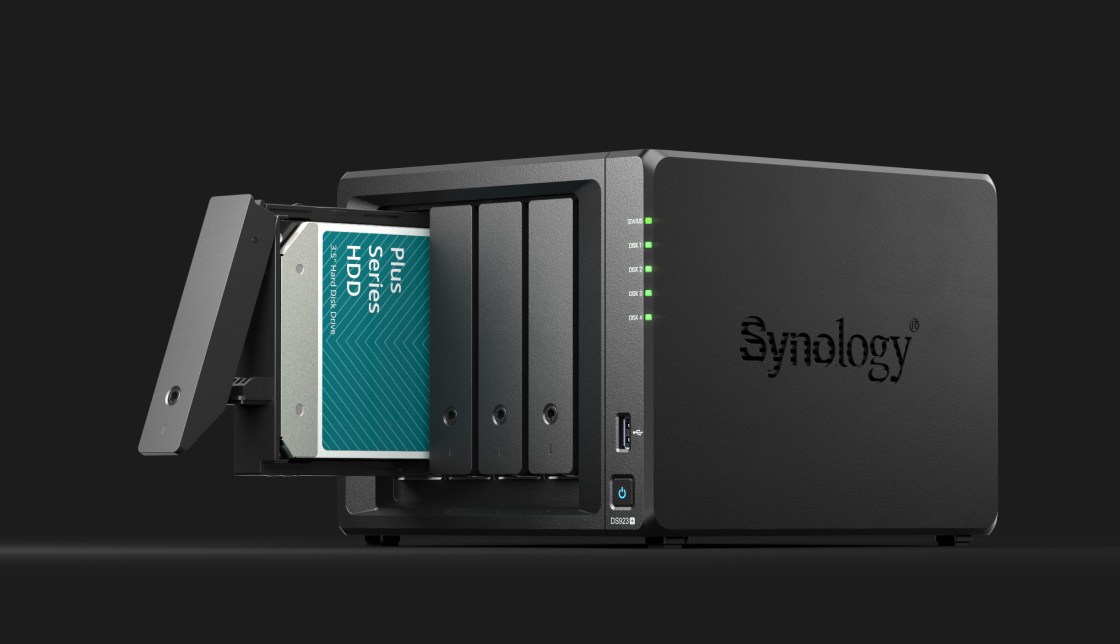Synology’s telegraphed moves toward a contained ecosystem and seemingly vertical integration are certain to rankle some of its biggest fans, who likely enjoy doing their own system building, shopping, and assembly for the perfect amount of storage. “Pro-sumers,” homelab enthusiasts, and those with just a lot of stuff to store at home, or in a small business, previously had a good reason to buy one Synology device every so many years, then stick into them whatever drives they happened to have or acquired at their desired prices. Synology’s stated needs for efficient support of drive arrays may be more defensible at the enterprise level, but as it gets closer to the home level, it suggests a different kind of optimization.



It really depends on what you want out of it. I personally installed ProxMox on an old gaming machine (DDR3 RAM old lol) and have an Open Media Vault virtual machine running on it with access to my ZFS mirrored pair of storage drives.
Enabling Samba support in Open Media Vault gives you a nice little NAS. I believe it’s okay to install bare metal if you really want to also.
It also has a nice Docker interface, so although I should probably not bundle services together so tightly, it runs things like Jellyfin for media, Paperless NGX for document storage, and NextCloud AIO for a convenient (if slightly resource-hungry) interface.
ProxMox lets me do fun things though, like back up the VMs, spin up virtual machines for PiHole ad blocking and Klipper for controlling my 3D printer.
My most important data gets synced to a subscription to a service called iDrive as my offsite. Pretty affordable for 5TB and my own encryption keys. :)
I want to stress that I’m not an IT professional or anything either. If you’re reasonably comfortable with Linux and understand some basic networking, I’d say at least getting Proxmox and/or Open Media Vault up and running so you can access it on your home network isn’t too hard.
Outside of that, and if you want HTTPS and stuff? There’s lots of guides but I would recommend using TailScale instead of opening any ports to the web.
Sorry if this post was meandering but hope it gave you a little bit to go on! :)